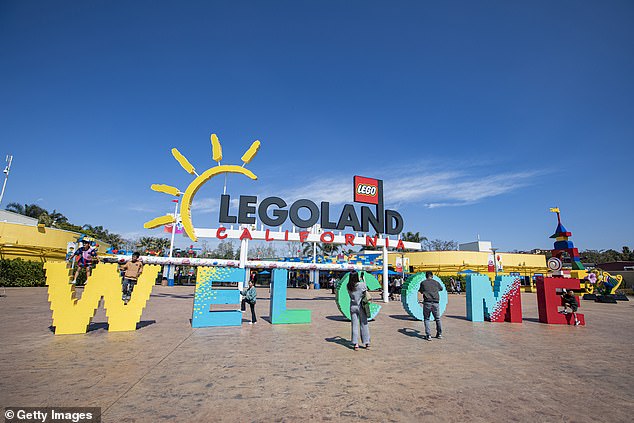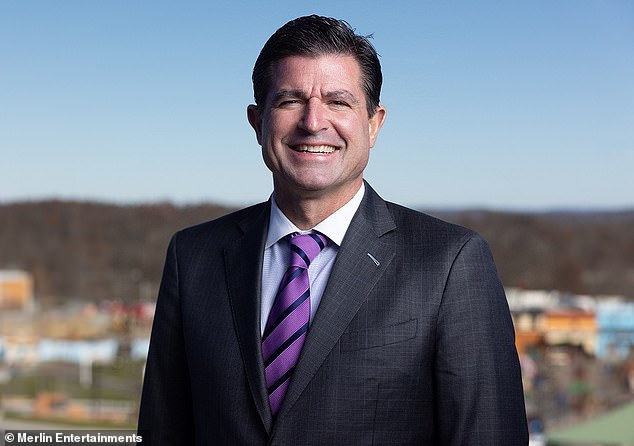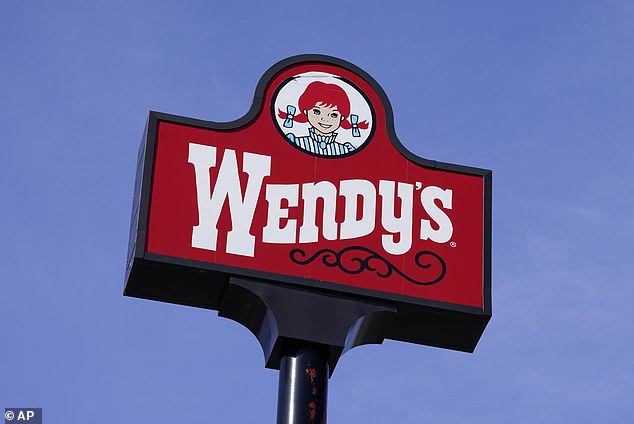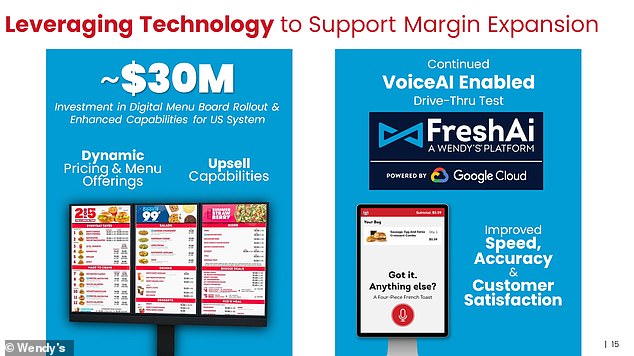The owner of Legoland, Madame Tussauds, Peppa Pig and Sea Life theme parks has revealed plans to charge more during peak times to compensate for declining visitors.
Scott O’Neil, chief executive of Merlin Entertainments, said the company is introducing the so-called dynamic pricing model to its top 20 global attractions by the end of this year, and to its major US parks in 2025.
Theme parks are the latest industry to turn to dynamic pricing after fast food giant Wendy’s caused a stir in January after announcing it would adapt burger prices based on demand.
While hotels, airlines, and taxi services like Uber have long used this pricing model, it is increasingly being adopted elsewhere.
Merlin has about 25 parks spread across the United States. The new system would charge visitors more during busy summer weekends or the holiday season than during off-season rainy weekdays, O’Neil told the Financial times.

The owner of Legoland, Madame Tussauds and Sea Life has revealed plans to charge more during peak times
Merlin Entertainments operates 141 attractions in 23 countries. It is the largest theme park operator in Europe.
The dynamic pricing model will allow the company to make prices more flexible at specific times in response to changes in supply and demand using machine learning, the Financial Times reported.
However, the company did not clarify how much prices could rise with the new model or whether there would be any limits to increases during peak demand hours.
Parks already offer reduced entry fees during off-peak hours, but this new model is able to incorporate more data and adjust prices more quickly.
But some disgruntled users took to social media to express their anger over the new pricing model.
‘Price increase? Sounds more like greedy pricing to me,” wrote one user on X, formerly Twitter.
“The price increase is stealing our pockets,” wrote another.
But during an interview with CNBCO’Neil said dynamic pricing is not the same as flash pricing.
He said it actually “protects the guest experience” by helping parks, which have limited capacity, reduce overcrowding by better managing fluctuating demand.
“You don’t want to go to Legoland Florida or Legoland New York or Legoland California or Madame Tussauds and wait in line for hours,” he said.
“If prices are raised, the figures are kept at a reasonable level,” he added.


Scott O’Neil, chief executive of Merlin Entertainments, said the company was introducing a so-called dynamic pricing model at its major US parks in 2025.


Merlin Entertainments operates more than 25 locations in the U.S. (Pictured: Actor Matthew McConaughey meeting his wax figure at Madame Tussauds in New York City in 2023)
The idea is that the park could also reduce the price of admission on less crowded days.
While O’Neil declined to specify what kind of pricing changes guests could expect under the new model, he suggested that guests attending on off-peak days could get a 10 percent discount or “a little more.”
A spokesperson for Merlin Entertainments told DailyMail.com: “This change aligns us with competitors and the wider holiday industry who have similar pricing structures, benefiting guests who choose to book outside of peak times.”
While Merlin Entertainments reported record revenue in 2023, it said visitor numbers have not yet returned to pre-pandemic levels.
About 62.1 million visitors visited its attractions worldwide last year, up 13 percent from 2022 but still down from 67 million in 2019.
It comes weeks after DailyMail.com revealed how Wendy’s had announced plans to introduce an ‘Uber-style menu’ with different prices depending on the time of day.


Wendy’s experienced a huge backlash after DailyMail.com reported on its plans to introduce ‘dynamic pricing’ at restaurants in 2025.


Pictured is a slide from Wendy’s fourth-quarter 2023 earnings presentation in which investors were told dynamic pricing would “support margin expansion.”
CEO Kirk Tanner said it would begin trials in 2025 and would rely on ‘digital menu boards’, in which it will invest $20 million.
This pricing plan meant that At busier times, such as breakfast, lunch and dinner, the prices advertised on this digital menu would be higher and at quieter times they would drop.
This announcement sparked widespread reaction online.
“Wendy’s is barely worth it as it is,” one X user wrote in response to the news. ‘Who’s going to pay the price increase for a mediocre burger?’
Another wrote on Reddit: ‘The opposite of Happy Hour?’
But following the DailyMail.com report, the company quickly reversed its plans, insisting that it never intended to raise prices when demand was high, only lowering them at the “slowest times of the day.”
This was despite Tanner having assured investors that the dynamic pricing model would “leverage technology to support margin expansion.”
Despite originally ignoring a request for clarification about its dynamic pricing plans, a Wendy’s spokesperson said prices would only drop to increase traffic during quiet times.
“Digital menu boards could allow us to change menu offerings at different times of the day and offer discounts and value deals to our customers more easily, especially at quieter times of the day,” they said.
However, the company did not want to comment on the presentation of results.

